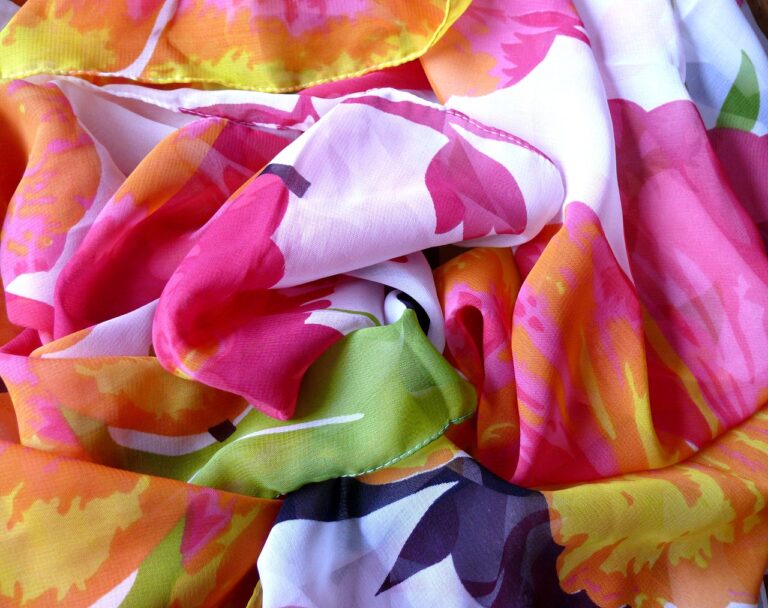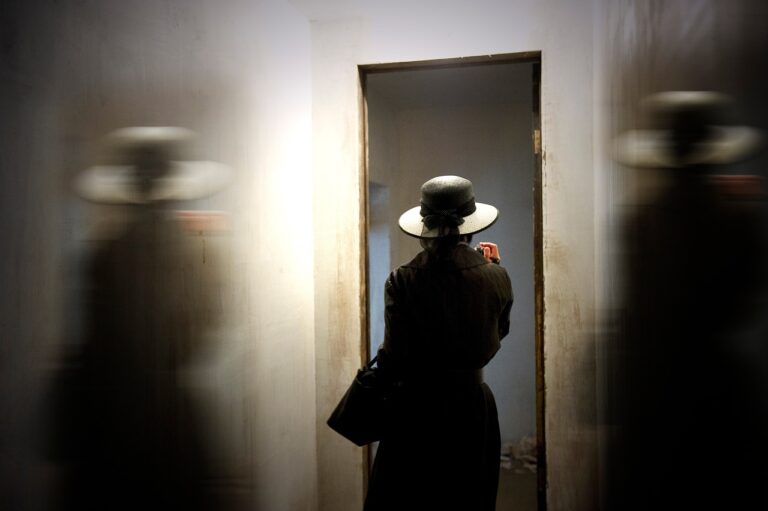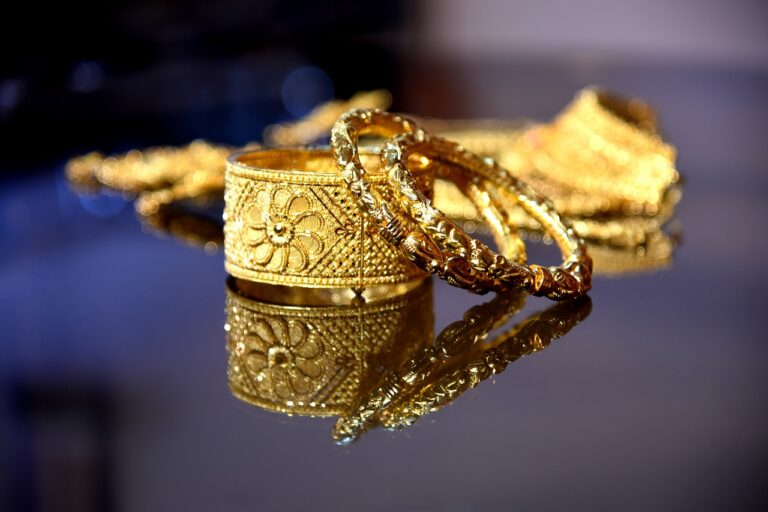Fashion and Culture: Traditional Clothing Revival Movements
Traditional clothing revival movements have gained momentum in recent years, with many communities and individuals rediscovering the beauty and importance of traditional garments. These movements aim to preserve cultural heritage and promote a sense of identity and pride among people. By reviving traditional clothing styles and techniques, these movements strive to keep age-old traditions alive and relevant in the modern world.
One of the key drivers behind traditional clothing revival movements is the desire to reclaim lost narratives and histories. Many cultures have rich traditions associated with their attire, often passed down through generations. By reviving traditional clothing, communities are able to reconnect with their roots and honor the stories of their ancestors. This revival serves as a form of cultural preservation and a means of celebrating the unique heritage of each community.
Cultural Significance of Traditional Clothing
Traditional clothing holds immense cultural significance as it serves as a tangible link to a community’s heritage and traditions. Through the intricate designs, symbols, and colors woven into these garments, they convey stories of the past, passed down through generations. These clothing pieces often carry deep meanings, representing aspects such as identity, social status, and beliefs within a particular culture.
Furthermore, traditional clothing plays a crucial role in preserving cultural identity and fostering a sense of unity among community members. By wearing these garments during special occasions or everyday life, individuals reaffirm their connection to their roots and reinforce a shared sense of belonging. The act of donning traditional clothing not only showcases cultural pride but also serves as a form of cultural expression and celebration of diversity.
Why is traditional clothing important in various cultures?
Traditional clothing plays a significant role in preserving cultural heritage, identity, and heritage. It often reflects the history, beliefs, values, and customs of a particular community.
What are some examples of traditional clothing revival movements?
Some examples of traditional clothing revival movements include the reemergence of kimono in Japan, the resurgence of hanbok in South Korea, and the revival of traditional Native American attire in the United States.
How does traditional clothing contribute to cultural diversity?
Traditional clothing showcases the rich diversity of cultures around the world. It allows people to express their unique identities and celebrate their heritage, contributing to the overall cultural tapestry of society.
What role does traditional clothing play in special occasions and ceremonies?
Traditional clothing is often worn during special occasions and ceremonies such as weddings, festivals, religious celebrations, and cultural events. It symbolizes tradition, respect, and unity within the community.
How can individuals support the preservation of traditional clothing?
Individuals can support the preservation of traditional clothing by learning about its cultural significance, purchasing authentic pieces from local artisans, participating in cultural events, and promoting awareness and appreciation of traditional attire.





